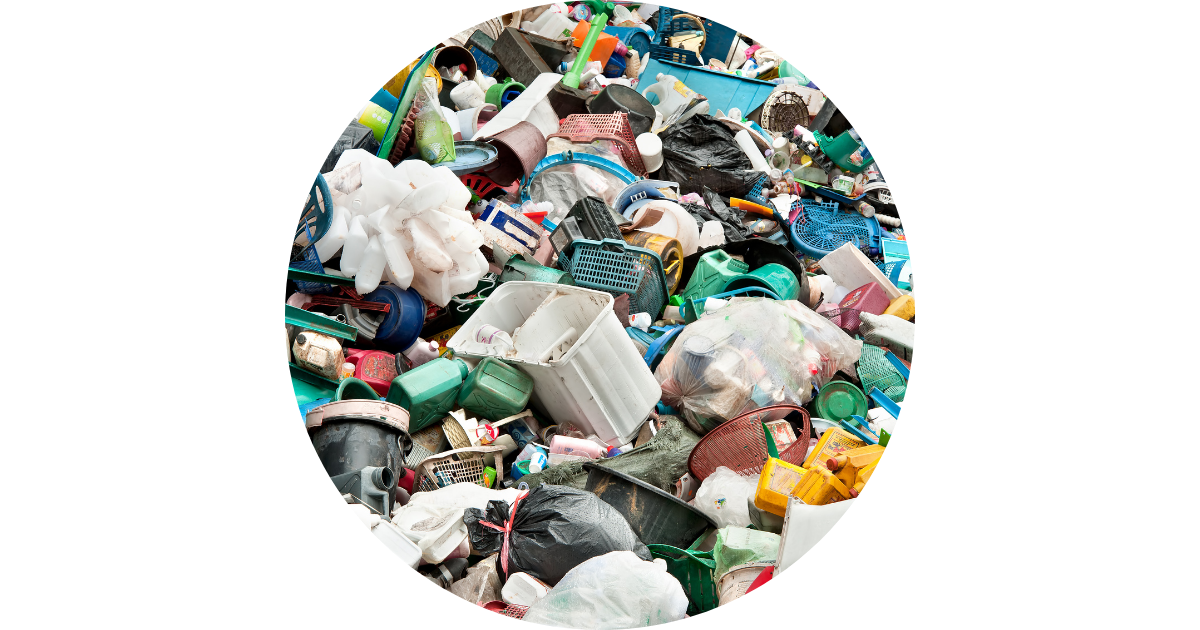Toxic Flame Retardants
What are flame retardants?
We encounter flame retardants every day because they are widely used in electronics, appliances, and insulation, and are still present in older furniture and children’s products. In plastics, they are among the additives used at the highest concentrations. Often, flame retardants escape from products into our homes, schools, and workplaces because they are mixed in with plastics in these products, rather than chemically bound. Many of them are persistent, so they build up indoors and in water and sediment. Many also build up in our bodies and increase in concentration in fish and wildlife at higher levels of the food web. And many can harm human health, with effects including harm to reproduction, brain development, and cancer.
How am I exposed?
Flame retardants contaminate indoor air, house dust, and our food.(1-3) That’s because companies use them in very high concentrations in products like televisions, appliances, and some kinds of insulation, and in the past were heavily used in furniture and foam children’s products.(4, 5) Because many of them are persistent, they can also turn up in unexpected places. Some flame retardants move easily in soil and water and have been found to contaminate drinking water.
Why should I be concerned?
Research has found that nearly all U.S. residents have flame retardants in their bodies, and that many of these chemicals can harm health. TFF’s own research has found dozens of flame retardants in breast milk, showing that babies are exposed during a vulnerable time of development.
- The well-known flame retardants known as PBDEs have been demonstrated to harm brain development in kids, leading to problems with learning and attention, and one form, deca-BDE, has been linked to greater incidence of cancer.(6-7) PBDEs have been phased out in the U.S., but testing finds that they still contaminate some products.
- Bromophenols, used as replacements for PBDEs, have been found to be building up in placenta and breast milk.(8) Fetal exposure to bromophenols appears to be affecting thyroid hormone levels, which are critical for fetal brain development.(9)
- Chlorinated organophosphate flame retardants, used in insulation and previously used in furniture and children’s products, are present at very high concentrations in indoor air and dust, and are linked to health effects including cancer and harm to brain development.(10)
Which companies manufacture flame retardants?
Companies that have reported manufacture of flame retardants include Albemarle, ICL, Jiangsu Victory Chemical, Lanxess, and Unibrom.(11-14)
How can I reduce my exposure?
Most products that contain flame retardants don’t say so on the label, so it’s hard for consumers to avoid products with these toxic ingredients. But there are a few things you can do to reduce your exposure.
Where possible, avoid products with high concentrations of flame retardants:
- Spray foam insulation is well-known to contain chlorinated flame retardants linked to cancer. Choose safer types of insulation such as blown-in insulation made from wood fiber, fiberglass, or cellulose instead.
- When buying furniture, look for a label stating, “NO ADDED FLAME RETARDANTS.”
When it comes to electronics, you can buy from companies with policies to avoid using the most toxic flame retardants, such as HP and Apple. Among television makers, Sony has led the way in removing the most harmful flame retardants.
Household habits can make a difference: frequent handwashing, regular damp dusting and mopping, and vacuuming are believed to reduce exposures.
What’s the solution?
It is impossible for us to shop our way out of this problem. And we shouldn’t have to. When you walk into a store, you should be able to trust that the products on store shelves are safe.
Companies shouldn’t sell products with dangerous chemicals—especially as scientists continue to learn more about the “silent epidemic” caused by the cumulative impact of all the toxic chemicals we are regularly exposed to. And our state and federal governments shouldn’t allow chemicals on the market until they’re proven safe.
The only way to protect everyone from toxic chemicals like toxic flame retardants is to change policies at government and corporate levels to make sure that safer solutions are the norm.
We’re fighting every day to protect you and your loved ones from toxic chemicals like this. To join our fight, please consider making a donation, taking action with us, or signing up for our email list.
What is the truth about recycling?
When it comes to plastic, it’s now abundantly clear that recycling can’t turn plastic into a safe and sustainable material. The only real solution is to reduce our reliance on plastic by moving to safer and reusable materials.

Healthy Choices
Our Key Projects & Priorities
- Fromme H, Becher G, Hilger B, Völkel W. Brominated flame retardants – Exposure and risk assessment for the general population. Int J Hyg Environ Health. 2016;219(1):1-23.
- Mitro S, Dodson R, Singla V, Adamkiewicz G, Elmi A, Tilly M, et al. Consumer product chemicals in indoor dust: a quantitative meta-analysis of U.S. studies. Environ Sci Technol. 2016;50:10661-72.
- van der Veen I, de Boer J. Phosphorous flame retardants: properties, production, environmental occurrence, toxicity, and analysis. Chemosphere. 2012;88(10):1119-53.
- Schreder E, Peele C, Uding N. TV Reality: Toxic Flame Retardants in TVs 2017 [Available from: https://toxicfreefuture.org/science/research/flame-retardants-tvs/ (accessed June 7, 2023).
- Stapleton H, Sharma S, Getzinger G, Ferguson P, Gabriel M, Webster T, et al. Novel and high volume use flame retardants in US couches reflective of the 2005 PentaBDE phase out. Environ Sci Technol. 2012;46(24):13432-9.
- Lam J, Lanphear B, Bellinger D, Axelrad D, McPartland J, Sutton P, et al. Developmental PBDE exposure and IQ/ADHD in childhood: a systematic review and meta-analysis. Environ Health Perspect. 2017;125(8).
- Hoffman, K., Lorenzo, A., Butt, C.M., Hammel, S.C., Henderson, B.B., Roman, S.A., Scheri, R.P., Stapleton, H.M., Sosa, J.A., 2017. Exposure to flame retardant chemicals and occurrence and severity of papillary thyroid cancer: A case-control study. Environ/ Int. 107, 235-242.
- Leonetti C, Butt C, Hoffman K, Miranda M, Stapleton H. Concentrations of polybrominated diphenyl ethers (PBDEs) and 2,4,6-tribromophenol in human placental tissues. Environ Int. 2016;88(23-29).
- Leonetti C, Butt CM, Hoffman K, Hammel SC, Miranda ML, Stapleton HM. Brominated flame retardants in placental tissues: associations with infant sex and thyroid hormone endpoints. Environ Health. 2016;15(1):113.
- Wei G, Li D, Zhuo M, Liao Y, Xie Z, Guo T, et al. Organophosphorus flame retardants and plasticizers: sources, occurrence, toxicity and human exposure. Env Poll. 2015;196:29-46.
- US Environmental Protection Agency. 2020 CDR Manufacturing-Import Information. 2020.
- Jiangsu Victory Chemical Co. L. Product List [Available from: https://www.victory-chem.com/products_en.html.
- Lanxess. Flame Retardants [Available from: https://lanxess.com/en/Products-and-Brands/Industries/Polymer-Additives/Flame-Retardants.
- Unibrom. Flame Retardants [Available from: http://unibromcorp.com/1-flame-retardants/159815/.




